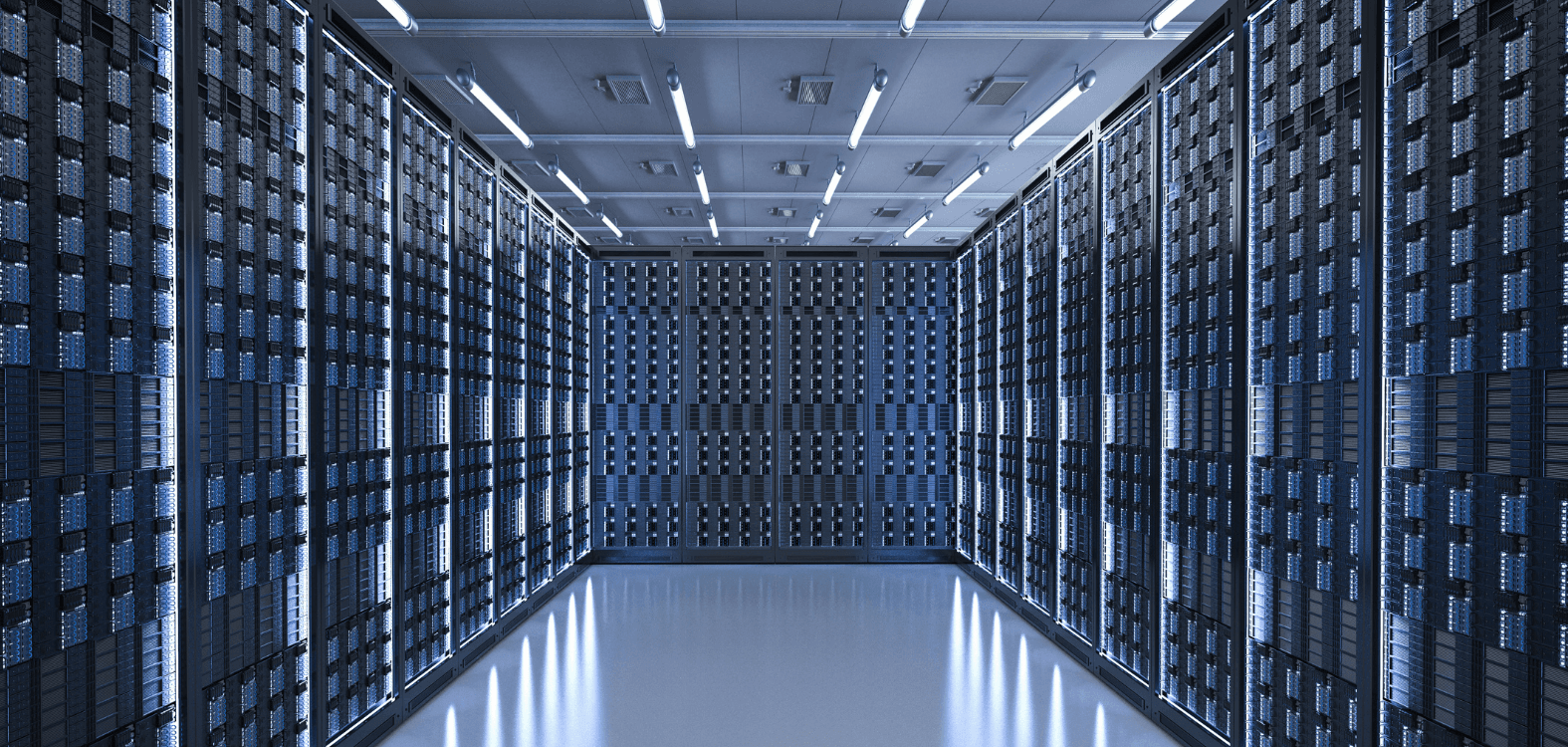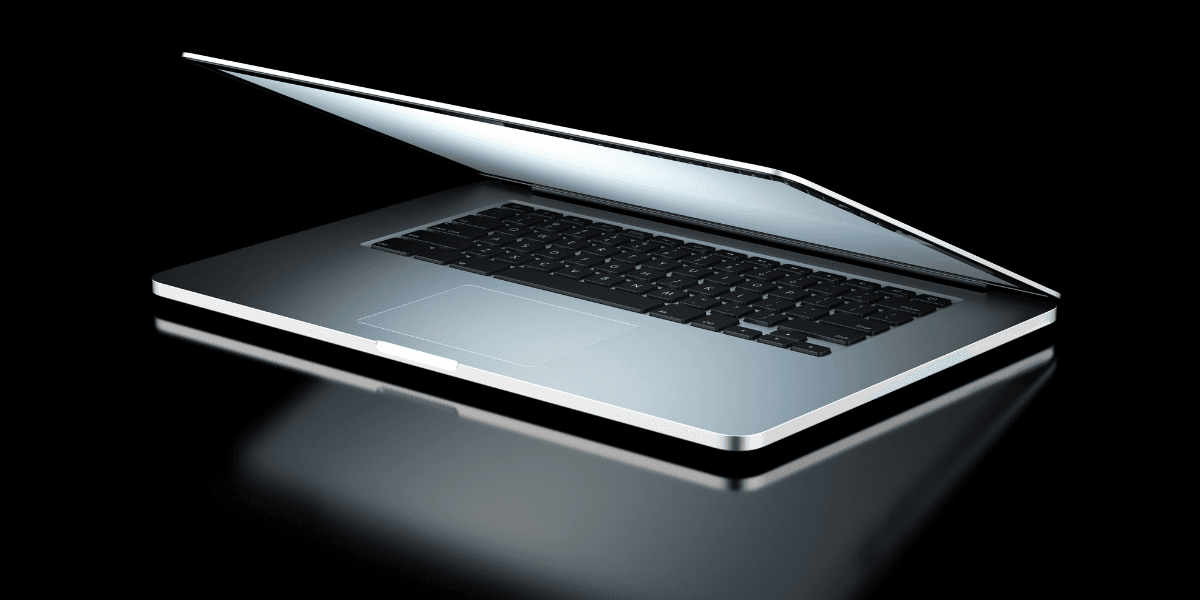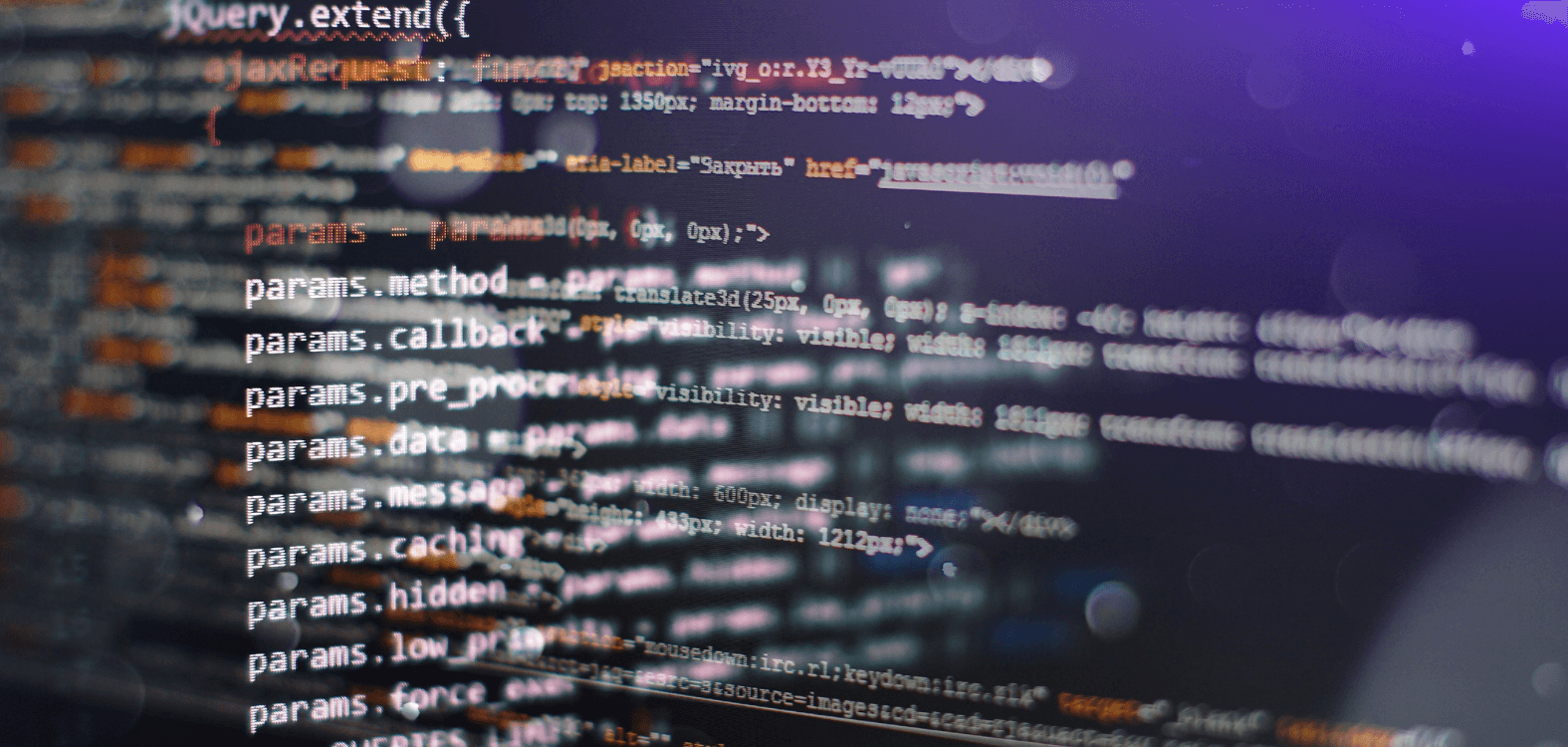Time tracking software isn't just about logging hours—it's about confronting the uncomfortable truth of where our attention actually goes. When wielded strategically, these digital mirrors can unlock patterns, eliminate productivity theater, and help us reclaim control over our most precious resource. Here's how to harness time tracking beyond simple surveillance and turn it into your most powerful ally for meaningful work.
1. Reality Checks Beat Self-Deception Every Time
Your brain is a terrible timekeeper, but an excellent storyteller. We consistently overestimate time spent on challenging tasks and underestimate time lost to distractions. Psychology research shows that our perception of time becomes distorted when we're engaged in flow states or, conversely, when we're procrastinating. That "quick email check" that felt like five minutes? Your tracking software reveals it was actually twenty-three minutes of inbox archaeology.
The power lies not in judgment, but in awareness. When you see that you spent two hours on a task you budgeted forty-five minutes for, you're not failing—you're gathering intel. Maybe that task requires deeper focus than you realized, or perhaps it's being sabotaged by environmental factors you hadn't noticed. This data becomes your foundation for making informed decisions about workload, deadlines, and energy management.
Start by tracking everything for one week without changing any behaviors. Let the software be your silent observer, capturing the unvarnished truth of your work patterns. The insights will surprise you, and that surprise is where real optimization begins.
2. Pattern Recognition Reveals Your Productivity DNA
Every person has a unique productivity fingerprint hidden in their daily rhythms. Time tracking software becomes a detective, uncovering when you naturally hit peak performance and when your energy inevitably crashes. Some people discover they're morning mavens who can tackle complex creative work before 10 AM, while others find their analytical superpowers emerge in the late afternoon when the office quiets down.
These patterns extend beyond simple chronobiology. You might discover that Monday mornings are terrible for creative brainstorming but perfect for administrative tasks, or that you consistently underestimate the time needed for client calls by exactly 15 minutes. One entrepreneur I know realized she was scheduling back-to-back meetings during her natural productivity peaks, essentially squandering her best mental hours on low-value activities.
Use this pattern recognition to redesign your schedule around your natural rhythms rather than fighting against them. Block your peak hours for your most important work, and schedule routine tasks during your predictable energy valleys. Your time tracking data becomes a personalized productivity playbook that no generic time management system can match.
3. Task Estimation Accuracy Transforms Project Planning
Chronic underestimation is the silent killer of sustainable productivity. Most professionals operate with wildly optimistic time estimates that create a cascade of stress, rushed work, and disappointed clients or stakeholders. Time tracking software provides the historical data needed to develop realistic forecasting skills that actually reflect reality, not wishful thinking.
After tracking similar tasks over time, you'll notice that writing a blog post consistently takes 3.2 hours, not the 90 minutes you keep telling yourself. Client presentation preparation always expands to fill 2.5 times your initial estimate. These insights transform from frustrating surprises into predictable planning factors that you can build into your schedule proactively.
The psychological relief of accurate estimation cannot be overstated. When your timelines reflect reality, you stop feeling like you're constantly behind or failing to meet expectations. Instead, you develop a reputation for reliable delivery and sustainable work practices that benefit everyone involved.
4. Distraction Archaeology Unearths Hidden Time Thieves
The most dangerous productivity killers are the ones that feel productive. Time tracking reveals the difference between being busy and being effective, exposing the subtle ways that low-value activities masquerade as important work. That research phase that stretched for hours might have been 30% legitimate investigation and 70% interesting but irrelevant tangents.
Modern time tracking tools can categorize activities automatically, showing you exactly how much time disappears into email, social media, "research," and other potential black holes. The goal isn't to eliminate all distractions—some spontaneous exploration leads to valuable insights—but to make them conscious choices rather than unconscious habits.
One marketing director discovered that her "quick" morning email review was consistently becoming a 90-minute deep dive into non-urgent messages, eating into her most creative and energized hours. By moving email processing to mid-afternoon and protecting her morning focus time, she doubled her output on strategic projects while actually spending less total time on email.
5. Client Boundaries Strengthen Through Transparent Communication
Accurate time tracking transforms awkward money conversations into professional data discussions. For freelancers, consultants, and service providers, detailed time logs provide objective evidence of work scope and value delivery. Instead of defending your rates or explaining why a project took longer than expected, you can point to specific data that tells the story of where effort was invested.
This transparency builds trust and helps clients understand the true complexity of professional work. When a client sees that their "simple" logo design actually involved 12 hours of strategic thinking, research, conceptual development, and refinement, they gain appreciation for the expertise they're purchasing rather than viewing it as an inflated hourly rate.
Time tracking data also helps you identify which types of projects and clients represent the best use of your skills and energy. If certain types of work consistently require more time than they're worth, you can adjust your pricing, processes, or client acceptance criteria accordingly.
6. Energy Management Trumps Time Management
Productivity isn't about filling every minute—it's about optimizing your cognitive resources. Time tracking software can help you identify not just when you work, but how effectively you work during different periods and contexts. You might discover that you complete certain tasks twice as fast when you tackle them during specific conditions or mindsets.
Pay attention to the relationship between task completion time and factors like sleep quality, exercise, nutrition, and stress levels. Some people find that a 20-minute walk between meetings dramatically improves their focus for the next task, while others discover that certain types of music or environmental conditions consistently correlate with faster, higher-quality output.
This approach shifts the focus from grinding through more hours to maximizing the impact of the hours you invest. When you understand your personal energy patterns and optimize for them, you often accomplish more in less time while feeling more satisfied and sustainable in your work approach.
7. Automated Insights Eliminate Manual Overhead
The best time tracking system is the one you forget you're using. Modern software can automatically categorize activities, detect patterns, and generate insights without requiring constant manual input or maintenance. Look for tools that integrate with your existing workflow and capture data passively while you work.
Automatic tracking eliminates the productivity paradox of spending time tracking time. Smart integrations can categorize your activities based on applications used, websites visited, and documents accessed, creating detailed logs without interrupting your flow state. Some tools even use machine learning to improve their categorization accuracy over time.
The goal is to create a feedback loop where the insights gained from tracking lead to improved focus and efficiency, which in turn makes the tracking data more valuable and actionable. When done right, time tracking becomes a virtuous cycle of continuous optimization rather than a burdensome administrative task.
Time tracking software, when used strategically, becomes far more than a digital timecard—it evolves into a mirror that reflects your true work patterns and reveals opportunities for meaningful improvement. The key lies in approaching it as a learning tool rather than a surveillance system, using the insights to design a more intentional relationship with your time and energy.
The most profound realization from my own tracking journey wasn't how much time I was wasting, but how much more purposeful my work became once I understood my actual patterns and limitations. When you stop fighting against your natural rhythms and start optimizing for them, productivity becomes less about force and more about flow. That shift changes everything.
📚 Sources
1. Kahneman, D. (2011). Thinking, Fast and Slow. Farrar, Straus and Giroux.
2. Newport, C. (2016). Deep Work: Rules for Focused Success in a Distracted World. Grand Central Publishing.
3. Pew Research Center (2021). "Mobile Technology and Home Broadband 2021." Pew Research Center: Internet & Technology.
🔍 Explore Related Topics











